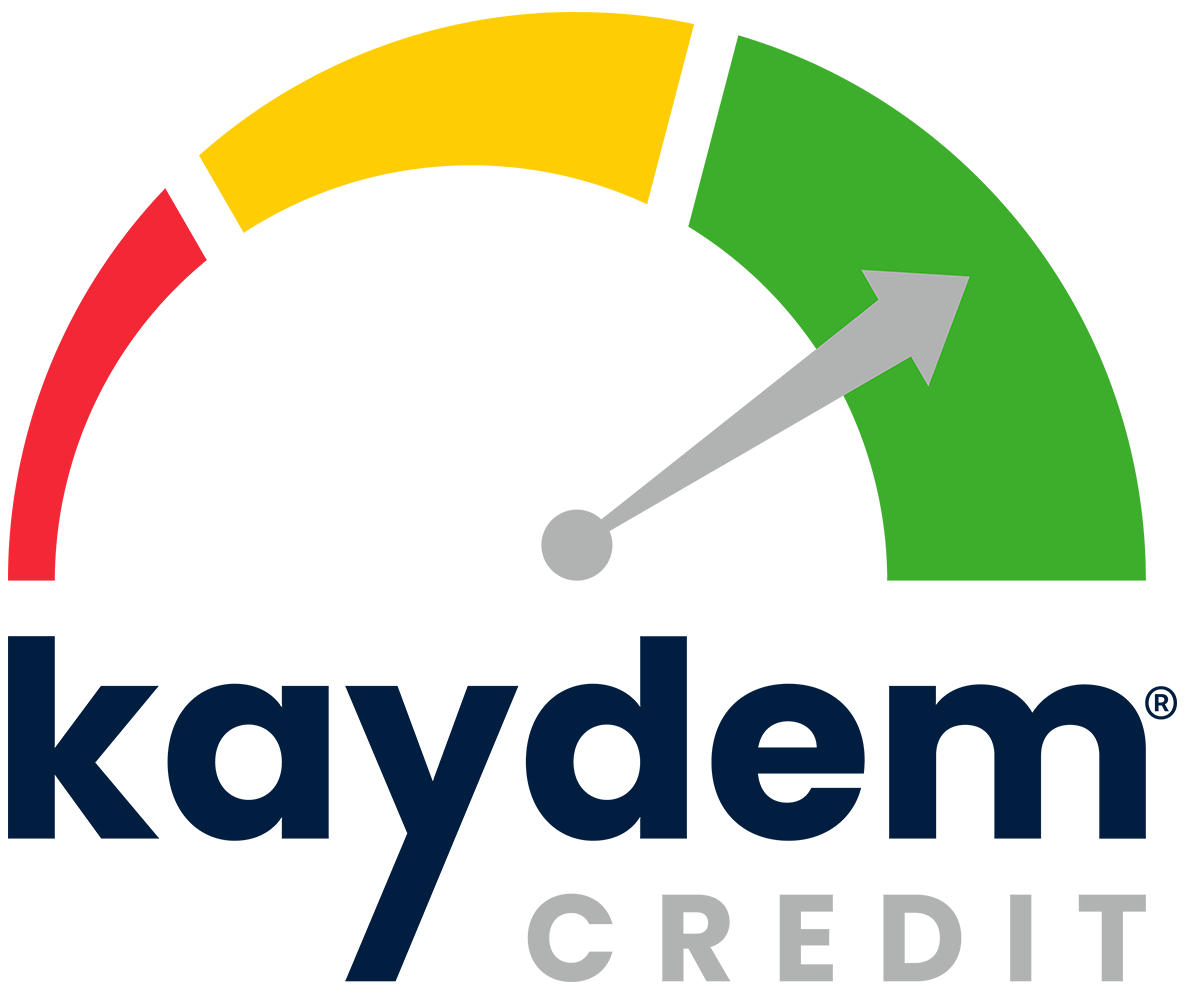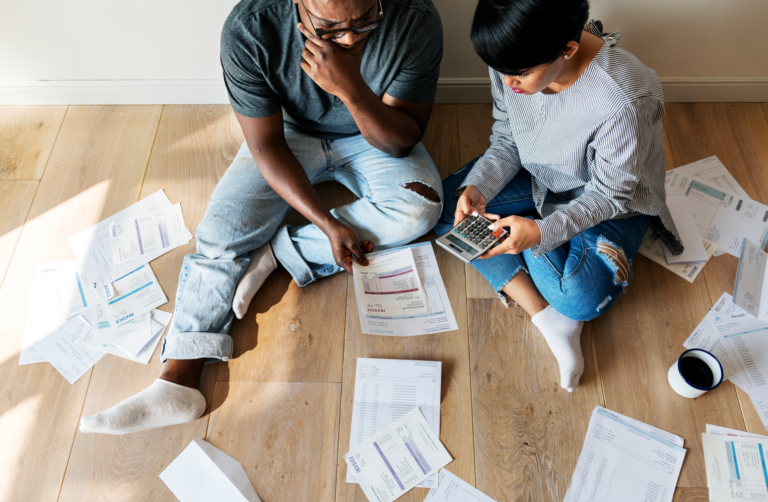Bankruptcy isn’t the end of the road for your financial future. In fact, it can be the beginning of a new and improved financial journey. Moving forward from bankruptcy can seem overwhelming, but with a solid plan and the right mindset, you can bounce back, start rebuilding your credit after bankruptcy, and regain control of your finances.
Our credit repair experts are here to help you navigate the post-bankruptcy process and get you back on track toward financial stability. From rebuilding your credit score to managing your budget effectively, we’ll equip you with the tools and knowledge to succeed.
What is Bankruptcy?
Bankruptcy is a legal process that relieves individuals or businesses that cannot pay their outstanding debts. The objective of bankruptcy is to give a fresh start by discharging debts that the debtor cannot pay.
There are several types of bankruptcy, but the most common ones are Chapter 7 and Chapter 13 for individuals.
Chapter 7 Bankruptcy, also known as “liquidation bankruptcy,” involves the sale of the debtor’s non-exempt assets by the bankruptcy trustee. The proceeds from the sale are then distributed to creditors. Individuals, partnerships, and corporations can file for Chapter 7.
Chapter 13 Bankruptcy is designed for individuals with regular income who want to pay all or part of their debts in installments over time. It allows the debtor to keep valuable assets (like a home), which might otherwise be sold off in a Chapter 7 bankruptcy.
Bankruptcy significantly impacts your credit score. When you file for bankruptcy, the record of it will appear in the public records section of your credit report. This can cause a good credit score to drop by 200 points or more and a fair score to drop by 150 points or more.
Moreover, bankruptcy stays on your credit report for a long time. Chapter 7 bankruptcy stays on your credit report for ten years from the filing date, while Chapter 13 stays on your credit report for seven years from the filing date. This long-term impact on your credit report can make it more challenging to qualify for new credit, secure a rental agreement, or even land some jobs.
The Impact of Bankruptcy
While offering immediate relief from overwhelming debt, bankruptcy significantly impacts one’s financial life. The consequences of bankruptcy are far-reaching and can affect various aspects of your life, from creditworthiness to employment prospects.
Creditworthiness: One of the most immediate and severe impacts of bankruptcy is on your creditworthiness. A bankruptcy filing can lead to a significant drop in your credit score. This decrease in credit score can make it challenging to get approved for loans or credit cards in the future. Furthermore, if you get approved, you will likely face higher interest rates due to the perceived risk of lending to someone who has filed for bankruptcy.
Employment: Bankruptcy can also potentially impact your job or career. In some cases, bankruptcy may disqualify you from holding certain positions, though this is relatively infrequent. However, according to a Yale School of Management study, declaring bankruptcy may not hurt future employment prospects as much as previously thought.
Renting Homes: Another area that bankruptcy can affect is your ability to rent homes. Landlords often check potential tenants’ credit history, and a bankruptcy filing can raise red flags. This could make it more difficult for you to secure a rental agreement.
Long-Term Impacts: Bankruptcy also has long-term effects on your financial life. It stays on your credit report for seven to ten years, which can hurt your chances of qualifying for credit in the future. Additionally, the reason for declaring bankruptcy, such as job loss or other unexpected events, can add to the financial hardship.
Despite these potential downsides, it’s worth noting that bankruptcy can offer a fresh start by wiping out overwhelming debt and stopping collection calls, lawsuits, and wage garnishments. The positive effects can outweigh the downsides, especially for those facing significant financial hardships.
Steps for Rebuilding Credit After Bankruptcy
Rebuilding your credit after bankruptcy is a process that requires patience, diligence, and strategic financial planning. Here are some crucial steps you can take:
1. Review Your Credit Report: Start by understanding where you stand. Obtain a free copy of your credit report from each of the three major credit reporting agencies (Experian, TransUnion, and Equifax) and review them for errors. If you find inaccuracies, dispute them immediately.
2. Create a Budget: Managing your finances after bankruptcy is crucial. A well-planned budget will guide your spending and help you avoid falling back into debt. Also, ensure your budget includes all your income and expenses and leaves room for savings.
3. Establish an Emergency Fund: An emergency fund is a safety net that can save you from future financial hardships. Setting aside money for unexpected expenses like medical emergencies or car repairs helps reduce the risk of needing to borrow money and potentially falling back into debt.
4. Apply for a Secured Credit Card: A secured credit card can be a helpful tool to rebuild your credit. These cards require a cash deposit that serves as your credit limit. By making small purchases and paying them off on time, you can start to rebuild your credit history.
5. Pay All Bills on Time: Your payment history contributes significantly to your credit score. Therefore, it’s vital to pay all your bills on time. This includes credit card bills, utilities, rent, and other obligations.
6. Avoid New Debt: While using credit to rebuild your credit score is essential, avoid taking on debt you can’t afford. The goal is to show you can manage your finances responsibly and not fall back into old habits.
7. Consider a Credit-Builder Loan: Some credit unions and banks offer these loans to help individuals rebuild their credit. The money borrowed is held in an account while you make payments. Once the loan is fully paid off, the money is released to you, and your payment history is reported to the credit bureaus.
8. Stay Patient and Persistent: Repairing credit takes time and consistent effort. Don’t be discouraged if progress seems slow. Stay focused on your financial goals and keep making wise financial decisions.
Overcoming Bankruptcy
Rebuilding your credit after bankruptcy may seem daunting, but it’s far from impossible. In fact, with the proper steps and a disciplined approach, you can gradually improve your credit score and regain financial stability.
Remember, the process takes time and patience. It’s not about quick fixes but about establishing and maintaining healthy financial habits over the long term. Each step toward rebuilding your credit is a step toward a more secure financial future.
If you need help along the way, consider reaching out to professionals like Kaydem Credit Help. We can provide guidance and support to help you complete the credit repair process effectively.
You’re not alone in this journey. Many have walked this path before and successfully rebuilt their credit, and you can do it, too.







